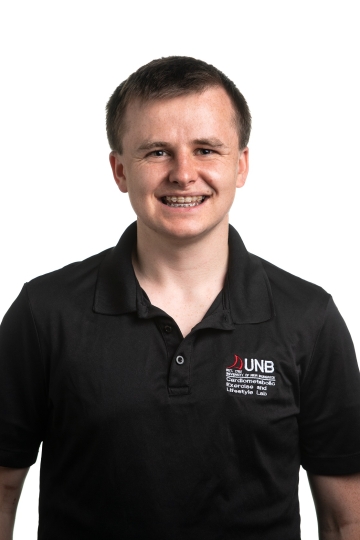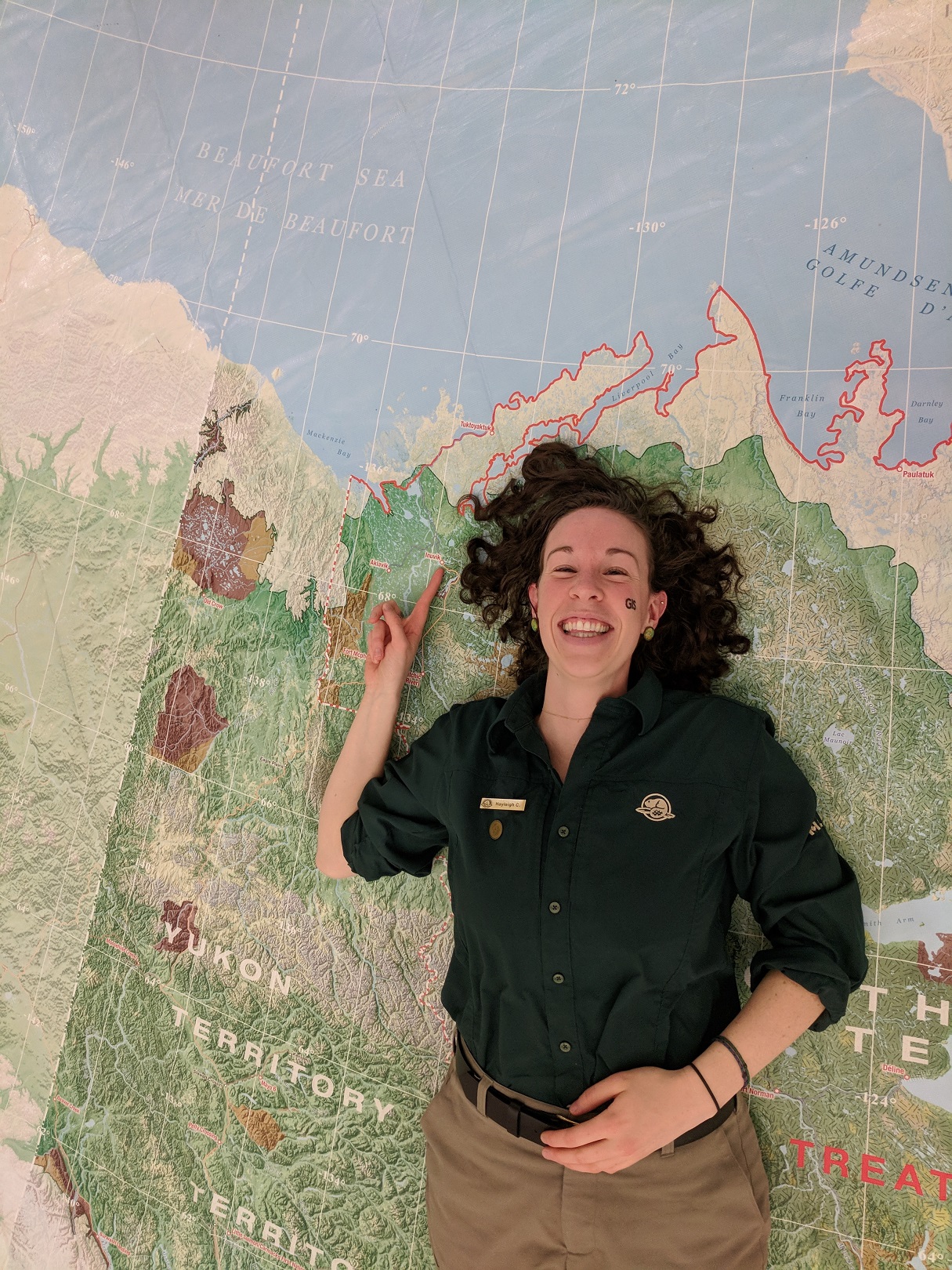
Hayleigh Conway laying on map of NWT and pointing to Inuvik on the map. Taken on GIS Day 2017.
Hayleigh Conway (she/her)
Geomatics Technician
Parks Canada
Learn About My Career
I make maps that help answer questions about the health of the environment in the Western Arctic.
I was born/grew up in: I was born in Edmonton, Alberta, and grew up in Ottawa, Ontario.
I now live in: Inuvik, Northwest Territories
I completed my training/education at: B.A in Geography from the University of Guelph, and an Advanced Diploma in Geographic Information Systems (GIS), from COGS (the Centre of Geographic Science).
I make maps that help answer questions about the health of the environment in the Western Arctic. To do this, I need to collect information for these maps. I do this from a helicopter, canoe, or on a hike. I also use drones and satellite imagery. Where possible, I will talk to members of the community. This information is collected in the summer months. I lead and participate in trips into the Arctic to collect this information. These trips can run anywhere from 3 to 12 days.
I use and am grateful for STEM every day! Some of the equipment I use are drones, GPS units, and Real-time Kinematic (RTK). RTK is a very accurate piece of survey equipment.
In the winter months, I process all of the data I've collected, and use it to answer questions such as the following. Did lake ice appear earlier this spring? Why do caribou have their babies in the same place every year? How close are cultural sites to falling into the ocean because of erosion? Geographic Information Systems (GIS) helps answer these questions. The answers to these questions help us make decisions to protect the environment.
I accidentally ended up in a GIS career. When I graduated high school, I felt pushed to study science. I decided to study Marine Biology. In my first year of university, I failed 4 classes in my Marine Biology program and felt really lost. I remembered that I also loved Geography in high school, and ended up switching my major. I found these classes genuinely interesting, and I excelled.
However, my mandatory GIS classes were a major snooze. In my summer job at a provincial park, I was offered a job as a GIS summer student. Despite my reluctance about the subject, I accepted. This ended up being the best thing that could have happened to me! I was doing actual GIS work. I was mapping canoe routes and portage trails. I was helping people plan backcountry camping trips and improving the maps in brochures for guests. It was all incredibly fun and rewarding.
From there, I got my GIS diploma. I started off as an intern at a GIS software company. I liked the work but found myself longing to work outside again. I applied for a job I never thought I would get. And I got it! I spent the summer outside collecting data, and the rest of the year processing and analyzing all the data I collected. Taking the chance on that summer job was the start of a career that I love!
I am always excited to be outside and explore Canada's North. Working in GIS means that technology is always changing, updating and adapting. I find it exciting to constantly be challenged to learn new things and stay on top of new equipment and ideas. I feel really proud when a map I make is used to support a decision. I’m always pleased when one of my maps is used to help my colleagues navigate travelling around in the Arctic. I love telling people about GIS and explaining why it's so much fun!
I work hard to elevate and incorporate Indigenous knowledge into my work. Maps, especially place names, are inherently colonial. It is important to me to use local place names and knowledge in my projects. I think that maps help keep people safe and navigate the land. Maps also help us explore new places and love the earth!
I love exploring the land where I live by canoe and on foot. I am learning how to harvest plants and animals from the land. I volunteer as a Girl Guide leader. I curl, cross-country ski, skidoo and play baseball. And I love every minute of living in the North!
Get outside to practice GIS, orienteering and interpreting the landscape. If you just learn GIS in a lab and doing all computer work you might find it boring and un-inspiring.
What I do at work
I make maps that help answer questions about the health of the environment in the Western Arctic. To do this, I need to collect information for these maps. I do this from a helicopter, canoe, or on a hike. I also use drones and satellite imagery. Where possible, I will talk to members of the community. This information is collected in the summer months. I lead and participate in trips into the Arctic to collect this information. These trips can run anywhere from 3 to 12 days.
I use and am grateful for STEM every day! Some of the equipment I use are drones, GPS units, and Real-time Kinematic (RTK). RTK is a very accurate piece of survey equipment.
In the winter months, I process all of the data I've collected, and use it to answer questions such as the following. Did lake ice appear earlier this spring? Why do caribou have their babies in the same place every year? How close are cultural sites to falling into the ocean because of erosion? Geographic Information Systems (GIS) helps answer these questions. The answers to these questions help us make decisions to protect the environment.
My career path is
I accidentally ended up in a GIS career. When I graduated high school, I felt pushed to study science. I decided to study Marine Biology. In my first year of university, I failed 4 classes in my Marine Biology program and felt really lost. I remembered that I also loved Geography in high school, and ended up switching my major. I found these classes genuinely interesting, and I excelled.
However, my mandatory GIS classes were a major snooze. In my summer job at a provincial park, I was offered a job as a GIS summer student. Despite my reluctance about the subject, I accepted. This ended up being the best thing that could have happened to me! I was doing actual GIS work. I was mapping canoe routes and portage trails. I was helping people plan backcountry camping trips and improving the maps in brochures for guests. It was all incredibly fun and rewarding.
From there, I got my GIS diploma. I started off as an intern at a GIS software company. I liked the work but found myself longing to work outside again. I applied for a job I never thought I would get. And I got it! I spent the summer outside collecting data, and the rest of the year processing and analyzing all the data I collected. Taking the chance on that summer job was the start of a career that I love!
I am motivated by
I am always excited to be outside and explore Canada's North. Working in GIS means that technology is always changing, updating and adapting. I find it exciting to constantly be challenged to learn new things and stay on top of new equipment and ideas. I feel really proud when a map I make is used to support a decision. I’m always pleased when one of my maps is used to help my colleagues navigate travelling around in the Arctic. I love telling people about GIS and explaining why it's so much fun!
How I affect peoples’ lives
I work hard to elevate and incorporate Indigenous knowledge into my work. Maps, especially place names, are inherently colonial. It is important to me to use local place names and knowledge in my projects. I think that maps help keep people safe and navigate the land. Maps also help us explore new places and love the earth!
Outside of work I
I love exploring the land where I live by canoe and on foot. I am learning how to harvest plants and animals from the land. I volunteer as a Girl Guide leader. I curl, cross-country ski, skidoo and play baseball. And I love every minute of living in the North!
My advice to others
Get outside to practice GIS, orienteering and interpreting the landscape. If you just learn GIS in a lab and doing all computer work you might find it boring and un-inspiring.
When I was a student I enjoyed:
- Geography
- History
- Literature & Language Arts
- Physical Education/Health
- Science
- Indigenous Studies/Languages
- Computer Science
When I was a student, I would describe myself as someone who:
- Always wanted to be outside
- Liked helping people
- Played on a sports team
- Liked being given specific instructions
- Liked reading
- Wasn't sure what I wanted to do
- Learned best “by doing"
Related Topics
Explore More Career Profiles
-
Brianna Lummerding
Career Profiles
Agronomic Innovation Manager
I look after all things related to soil management for a group of retailers. -
Li Tan (he/him)
Career Profiles
Molecular Lead
I coordinate the day-to-day operations in the DNA Extraction Lab. -
Tyler Morhart (video)
Career Profiles
Scientist, Beamline Responsible - SyLMAND
I am responsible for the SyLMAND beamline at the Canadian Light Source synchrotron facility. -
Li Tan (Video)
Career Profiles
Molecular Lead
I coordinate the day-to-day operations in the DNA Extraction Lab. -
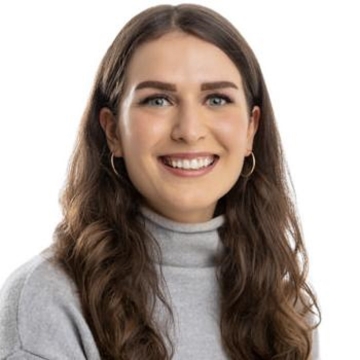
Rashell Featherstone (she/her)
Career Profiles
Senior Program Associate
I coordinate projects for the development of new products at STEMCELL. -
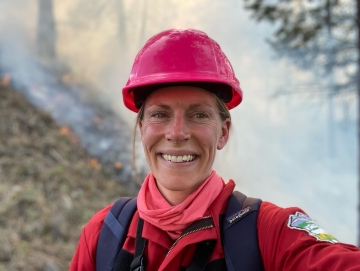
Kira Hoffman (she/her)
Career Profiles
Postdoctoral Researcher/Fire Ecologist
I am a researcher at both a university and a not-for profit organization where I am gaining experience to become a senior researcher. -
Zoë Ehlert (Video)
Career Profiles
Manager, Marker Assisted Breeding
I lead a team that develops canola crops by breeding plants with traits we are looking for. -
Zoë Ehlert
Career Profiles
Manager, Marker Assisted Breeding
I lead a team that develops canola crops by breeding plants with traits we are looking for. -
Jennifer Baltzer (she/her)
Career Profiles
Professor and Canada Research Chair in Forests and Global Change
I work at a university, teaching students and conducting research on the impact of climate change on forests in Canada and around the world. -
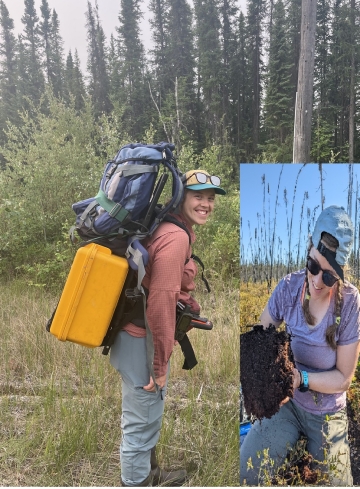
Caitlyn Lyons (she/her)
Career Profiles
Ph.D. Candidate
I am working towards my PhD and studying the forests in the Northwest Territories. -
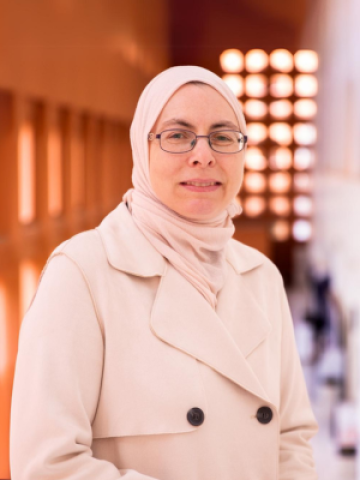
Joann Whalen
Career Profiles
Professor at the Faculty of Agricultural and Environmental Sciences,
I teach advanced courses on how to manage soils to produce healthy, nutritious food and maintain healthy ecosystem functions.
